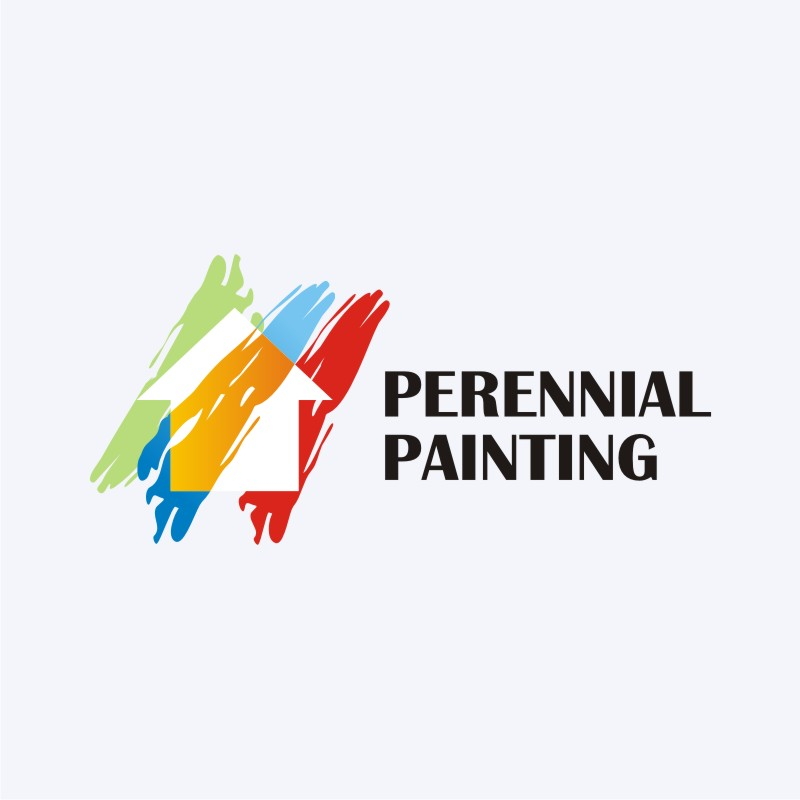Establish Your Walls Up For Painting With Basic Ideas And Methods That Guarantee An Impressive Finish-- Find Out The Essential Steps To Advance Your Task
Establish Your Walls Up For Painting With Basic Ideas And Methods That Guarantee An Impressive Finish-- Find Out The Essential Steps To Advance Your Task
Blog Article
Team Author-Terp Bland
When you're prepping your walls for paint, it's critical to adhere to a methodical procedure to make certain a remarkable finish. Beginning by taking a look at the wall surface for any damages; this step can make or break your task. Once you have actually recognized any issues, cleaning the surface area appropriately is crucial, as a dirty wall can affect paint bond. Afterwards, you'll need to spot any imperfections and apply a primer. Yet there are specific techniques and pointers that can elevate your prep work game-- let's check out those further to achieve the most effective outcomes.
Assessing Wall Problem
Before you get your paintbrush, take a moment to analyze your wall surfaces' condition. Check for any kind of visible damages like fractures, holes, or peeling paint. These flaws can impact how the paint adheres and looks as soon as it's completely dry. If you notice any type of substantial damage, you'll need to focus on repair services prior to diving into paint.
Look carefully at the structure of your walls. Is the surface smooth, or is there appearance that might need special consideration? Smooth wall surfaces normally call for less preparation, while textured surfaces might need more time to repaint evenly.
Additionally, consider the previous paint job. If the old paint is shiny, it mightn't enable brand-new paint to stick effectively. You'll would like to know if your wall surfaces have been painted with oil-based or water-based paint, as this can influence your selection of primer or paint.
Lastly, remember of any kind of wetness issues. If you see indications of water damage or mold and mildew, address these troubles right away to prevent more difficulties.
Cleaning the Surface
When you have actually evaluated the problem of your wall surfaces, the following action is cleaning the surface. Beginning by gathering your supplies: a pail, warm water, a mild detergent, a sponge or fabric, and a scrub brush for harder spots.
Begin on top corner of the wall and function your method down. Mix the cleaning agent with warm water in your pail, after that dip the sponge or cloth into the option. Wring it out to avoid excessive moisture on the walls.
As you clean, pay attention to areas that might've built up dirt, oil, or finger prints. For persistent stains, make use of the scrub brush gently to stay clear of damaging the paint underneath. Wash your sponge or cloth often in clean water to prevent spreading out dirt around.
After cleansing, it's vital to wipe the wall surfaces with a moist cloth to eliminate any kind of soap deposit. see here now makes sure a smooth surface for the brand-new paint to comply with.
Allow mouse click the next web page to completely dry totally before carrying on to the following prep work steps. This thorough cleaning process will aid create a fresh canvas for your painting project, ensuring the most effective results.
Patching and Priming
Patching and priming are important action in preparing your walls for a fresh coat of paint. First, examine please click the following website for any openings, fractures, or blemishes. Utilize a high-grade spackling compound or patching paste to load these areas.
Use the substance with a putty blade, smoothing it out so it's flush with the surrounding surface area. Permit it to completely dry completely, and after that sand it gently till it's smooth and even.
Once you've patched every little thing, it's time to prime. Primer helps secure the patched locations, guaranteeing the paint sticks effectively and gives an uniform surface. Choose a guide appropriate for your wall surface kind and the paint you'll be using.
Apply the primer using a roller for larger locations and a brush for corners and edges. If your covered areas are significantly large or porous, you may intend to use a second layer of primer after the very first one dries.
After priming, let everything completely dry extensively before carrying on to paint. This preparation will not just boost the look of your walls yet likewise prolong the life of your paint work.
Take your time, and you'll be pleased with the outcomes.
Final thought
By following these basic actions, you can achieve a smooth and specialist finish on your wall surfaces. Begin by assessing their condition, then clean and spot any imperfections before applying primer. Keep in mind to permit sufficient drying time and make sure whatever is smooth prior to you dive into paint. With the right preparation, you'll set the stage for an attractive change in your area. Currently, gather your materials, breathe in the fresh air, and prepare to paint!
